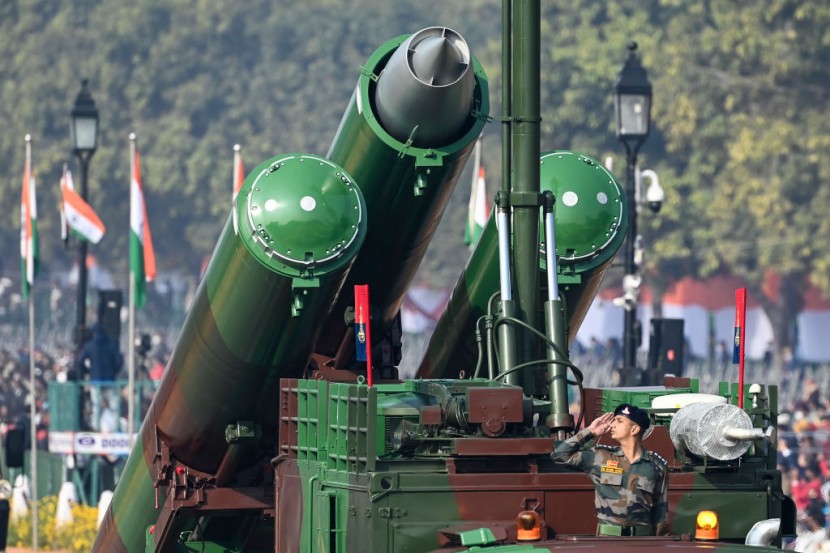
The BrahMos supersonic missile developed by India is already capable, but with a Russian Onyx system upgrade, it just got better, with a potential 1000 km range achievable.
Russian Onyx System Upgrade To Boost Indian Missile Technology
Onyx was developed in the Cold War that ended in 1991, coming from the P-700 Granit missile; then it went from the P-500 Bazalt missile.
Compared to its descendants like the Granit and Onyx, Bazalt had a turbojet engine, and the two had ramjets later on as with the BrahMos, reported EurAsiantimes.
The P-800 project was initially hampered because of a shortage of financing. India invested $240 million to accomplish two decades of missile advancement and significantly contributed to its inertial guidance system to the BrahMos, per Air Force Technology.
Onyx was built by NPO Mashinostroyenie (NPOM), and the BrahMos has been produced in tandem by BrahMos Aerospace, a partnership between the DRDO and NPOM.
A source familiar with the armed services told TASS that aggressive work is currently in progress to continue increasing the flight distance of the Onyx supersonic sea and the land-based cruise missile, expanding the range of the Onyx to 1,000 km in the future.
BrahMos Supersonic Missile Variations
Both missiles are based on maritime and land-based variants; also, Brahmos aerospace has made an air-launch capable version as well with a Russian Onyx system upgrade.
The dimensions of maritime and ground-type variants of the BrahMos supersonic missile, which is 0.5 m shorter than its Russian counterpart and about 0.1 m smaller in diameter, are about 3000 kg.
One of the reasons why the NPOM had lessened the BrahMos range from 600 to 300 km; is to follow the Missile Technology Control Regime (MTCR).
Read Also: India Navy Gets Latest P-8I Submarine Hunters Aircraft to Boost its Anti-Submarine Warfare
Missile Critical Range Increases Due to Restrictions
When India joined the MTCR, BrahMos Aerospace extended the range of the BrahMos projectile from 290 km to 500 km by making changes, including high elevation cruise and improved fuel management.
The NPOM eliminated the missile's range limitations. The BrahMos ER is the 500 km derivative of the missile.
At Aero India 2017, DRDO Chief S. Christopher told reporters that a new version of the Indan missile with an 800 km strike range is now being produced.
BrahMos official explained to the author that the 800-km range would be done via the optimization of the cruising capability of the ramjet engine used as the engine.
Utilizing composites to lessen the projectile's weight enables an increased fuel load. The weight and size of the missile will be the same.
BrahMos managing co-director Alexander Maksichev in April 2019, told an outlet to increase the speed from Mach 2.8 to Mach 4.5 via a better ramjet type motor, and it adds range. Faster speeds mean more range, mentioned Pakistan Defense.
A version of the Indian missile with improved indigenous systems and increased performance was developed and tested from the Integrated Test Range in Chandipur on January 20, 2022. A press release called it a major success.
It reached supersonic speed for the maximum distance; after a better optimal trajectory, with an improved control system as a powerful add-on.
Development of the BrahMos supersonic missile is a crucial point for missiles with a Russian Onyx system upgrade that will make it faster and longer range.
Related Article : India, Russia to Improve the Brahmos Missile to Attack AWACS Aircraft








